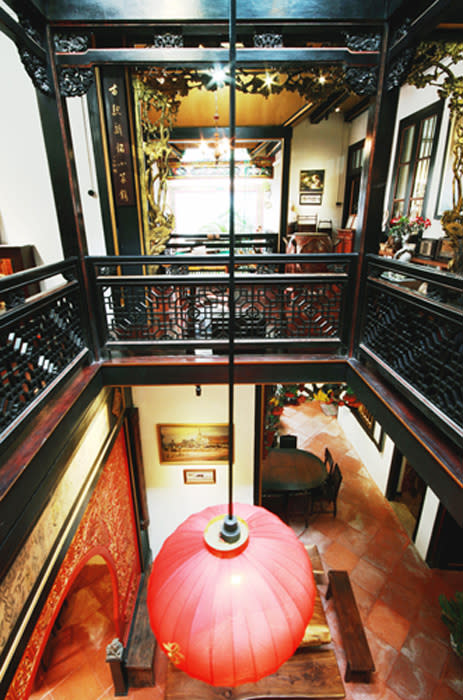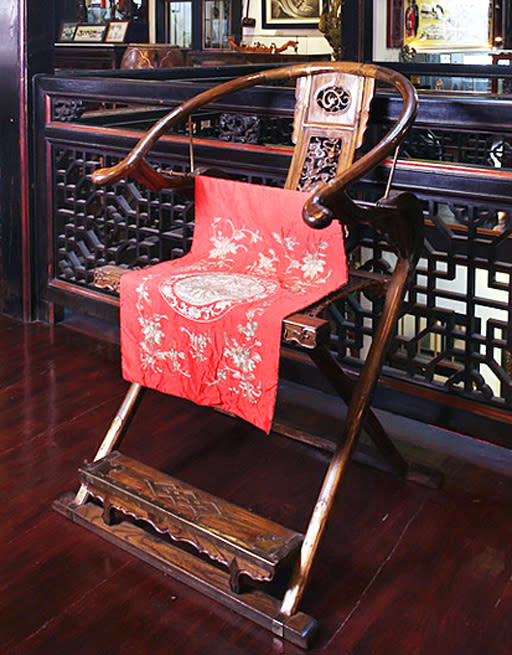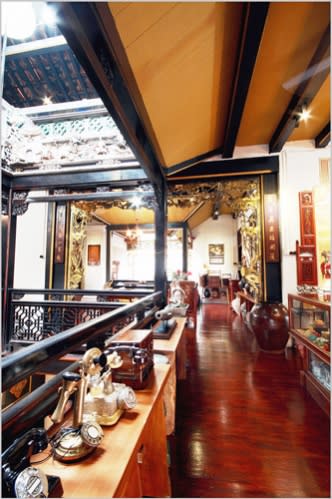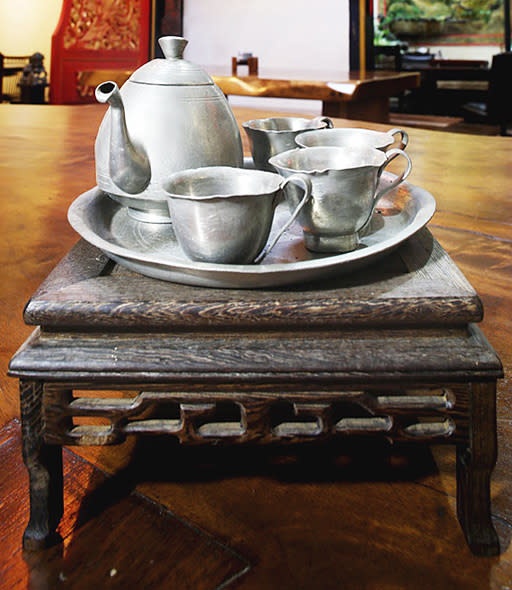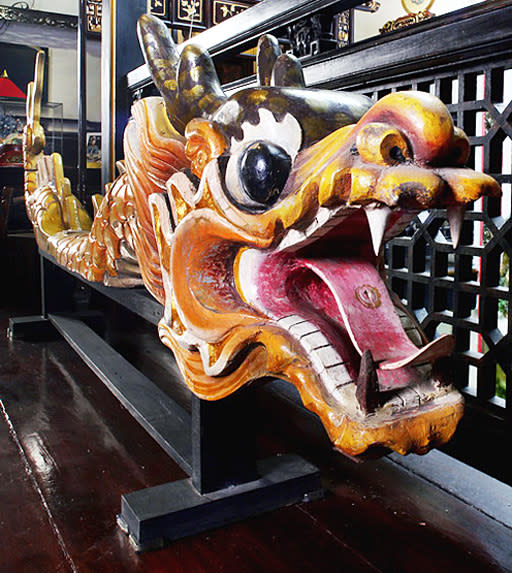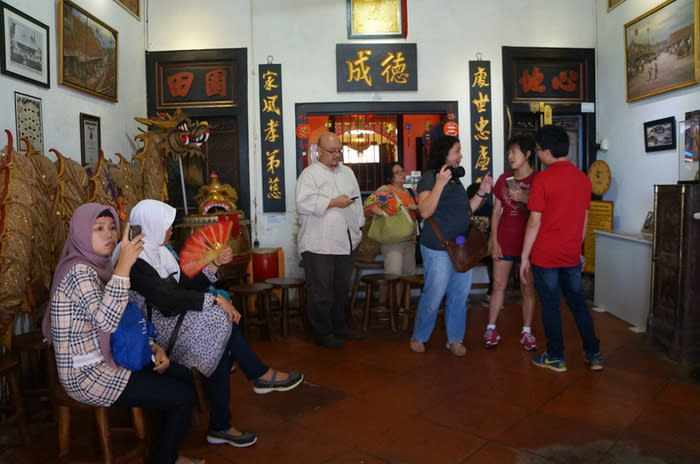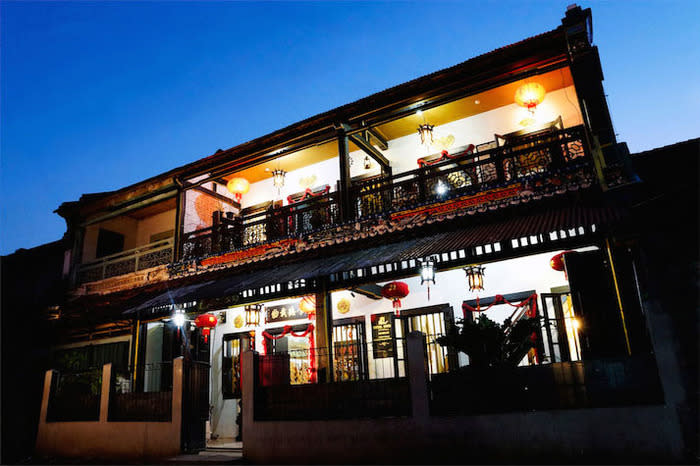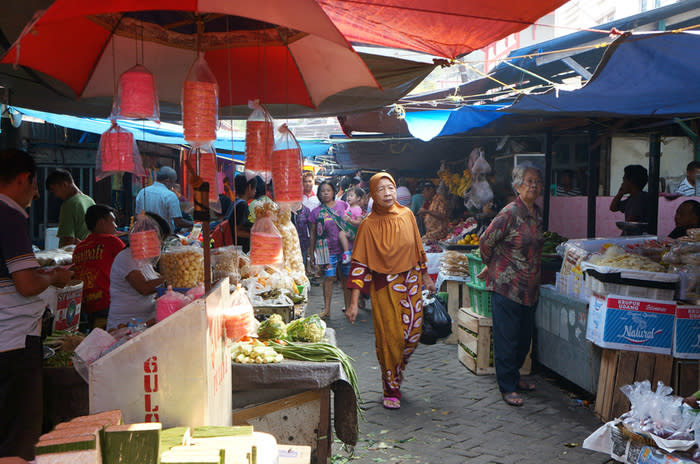Why you should visit Benteng Heritage Museum in Tangerang
Benteng Heritage Museum is a breath of fresh air for Indonesia’s world of history. It is one of the few cultural museums that shows an avid interest in a specific object of relevance, that is of how the Chinese came and finally settled in Tangerang, Banten province, and contributed a significant part to Indonesian history and culture.
Occupying a three-and-a-half-century-old building of Chinese heritage on Jl. Cilame 20 in Pasar Lama, Tangerang, the Benteng Heritage Museum houses an extensive collection of objects related to the history of Chinese-Indonesians or Tionghoa as they are officially called.
Artifacts were collected by the museum’s owner, Udaya Halim, from diverse sources. He traveled far and wide, even overseas, to gather information and historical objects connected to Tionghoa history. This includes furniture, traditional clothes, small shoes from the foot-binding era, opium scales as opium was a major commodity among Chinese merchants in that era, stamps, abacus and a video of an old wedding procession.
Preserving culture and educating people on Chinese history in Indonesia is the mission of the museum, which is open from Tuesday until Sunday, 10 a.m. to 5 p.m.
Halim is a Chinese descendant with a soft spot for art and culture. He grew up in a small house near the building that is now the museum. Today a successful self-made businessman, he came back from his ventures abroad and bought the building, restored it and turned it into a museum.
The restoration took two years. In the process, more authentic pieces of the building were discovered, like an 18th century relief on the mezzanine that tells the legend of the Three Kingdoms, about the loyal and brave General Guan Yu.
The main museum display occupies the second floor of the building, with a room dedicated to Halim’s private collection of vintage and modern cameras and turntables. Visitors are not allowed to take pictures.
The first floor consists of a reception area, a souvenir shop and a dining room that also functions as a gathering space for special occasions. Visitors can order a few options from the kitchen’s menu, such as rujak pengantin, which is the Betawi name for gado-gado (salad with peanut sauce).
The building is located in the heart of Pasar Lama market on a narrow street in the Chinatown of Tangerang, formerly known as the Benteng area.
To get there in the morning, you have to go through the old traditional market, with fish, vegetables and pig legs displayed at the stalls on your right and left. It’s a lively ambiance and you can hear people speaking both Indonesian and Chinese languages.
Just around the corner stands a klenteng (Chinese temple), namely Boen Tek Bio, which was founded in the 17th century and is still functioning until today.
The narrow streets lead to the main street with the Cisadane River across it. It is the river where a small Chinese fleet, led by the subordinate of the great Admiral Cheng Ho, came in the 15th century to become the initial settlers of the area.
The Dutch are said to have settled alongside the Chinese a century later. Later in the 17th century, the Dutch came to the area and established a settlement.
To protect themselves from Bantenese attacks, the Dutch had a fort built around the settlement. Fort translates to benteng in Indonesian, which is why the area was named Benteng, but it is now officially called Tangerang.
Now, while the fort is gone, the area remains packed with history and events on important Tionghoa celebrations.
Read also:


